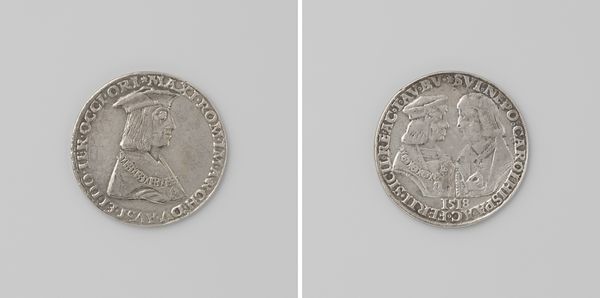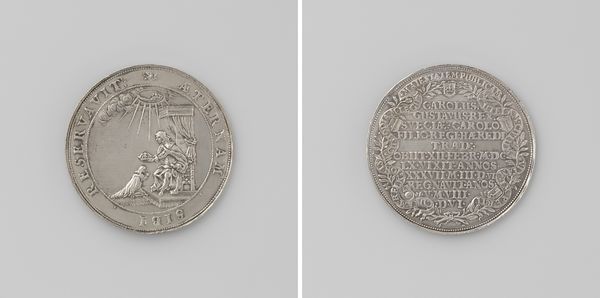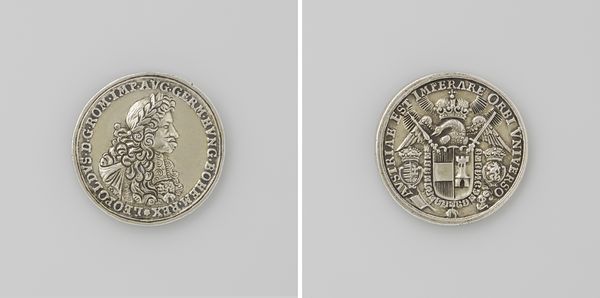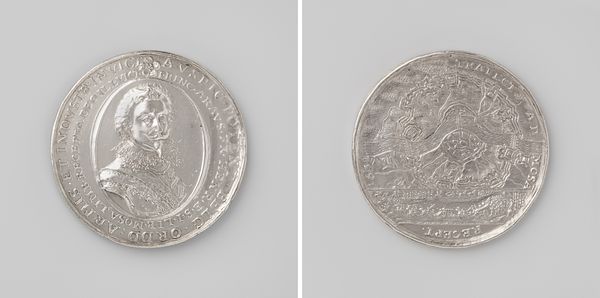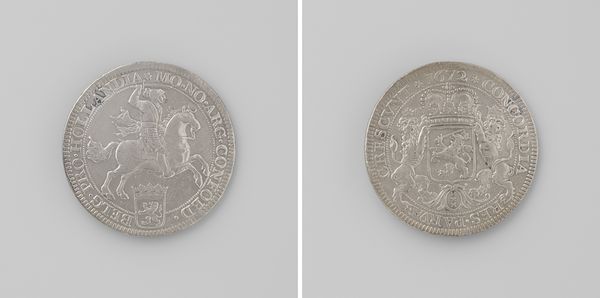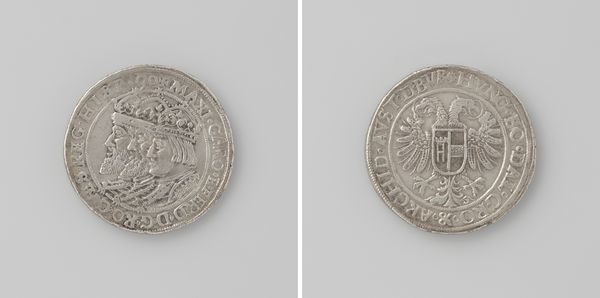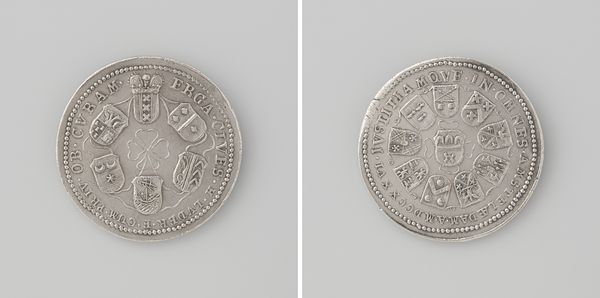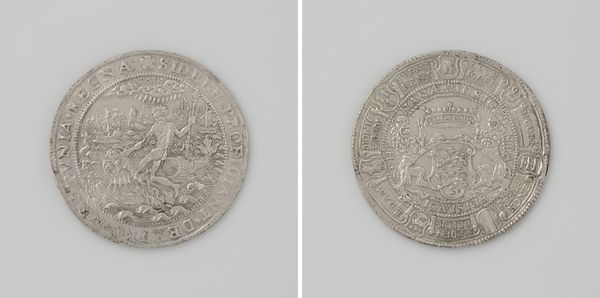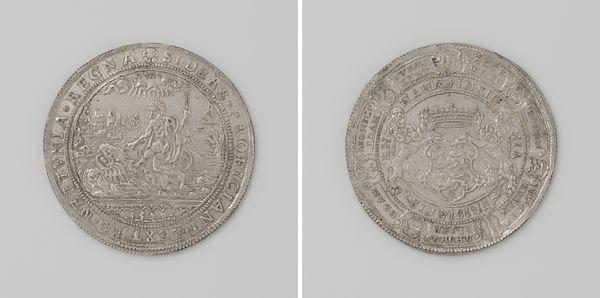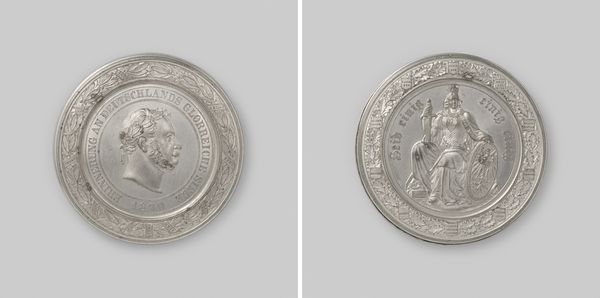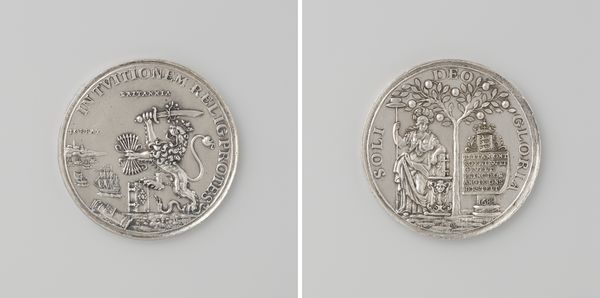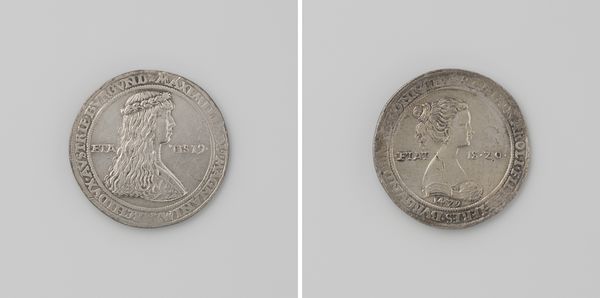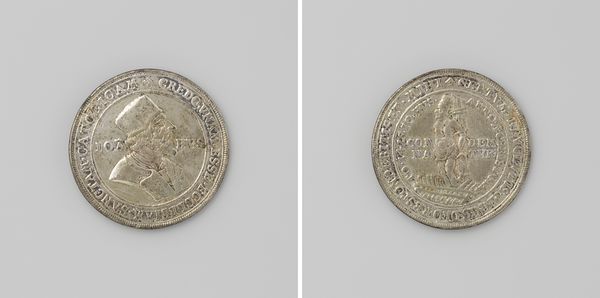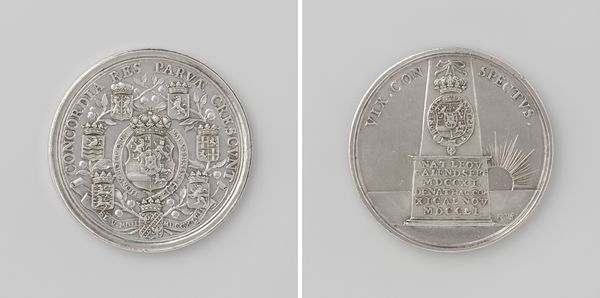
metal, relief, sculpture
#
portrait
#
metal
#
relief
#
11_renaissance
#
sculpture
#
northern-renaissance
Dimensions: diameter 4.4 cm, weight 42.52 gr
Copyright: Rijks Museum: Open Domain
This silver coin, depicting George, Duke of Saxony, was made around the early 16th century by Michael Hohenauer. Coins like this one were not just currency; they were carefully crafted objects, functioning as propaganda, status symbols, and portable works of art. The minting process involved skilled die-engravers who would have meticulously cut the designs into hardened steel punches. This required incredible precision and knowledge of metallurgy. The dies would then be used to strike the coin, imprinting the image onto the silver blank. Note the crispness of the lettering and the detail in George's portrait, demonstrating a high level of craftsmanship. Consider the social context: the value of the coin was derived from the precious metal content, representing concentrated labor extracted from the earth. But the value was also symbolic, reinforcing the Duke's authority and projecting his image throughout his domain. A potent reminder that even the smallest objects can carry significant weight.
Comments
No comments
Be the first to comment and join the conversation on the ultimate creative platform.
